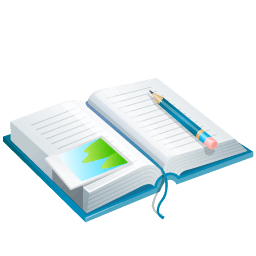As a Business Analyst, one of the most crucial aspects of your job is requirements analysis. It’s the process that helps you determine the true needs of stakeholders and ensures that the software developed aligns with business objectives.
Quick Links to Topic:
- Why Analyze Requirements?
- What is Visual Modeling?
- Benefits of Visual Modeling
- What is being modeled?
- Business Models
- Technical Models
- BPMN Vs UML
Why Analyze Requirements?
Requirements analysis is crucial for several reasons:
- Stakeholder Understanding: Ensure all stakeholders clearly understand the requirements.
- Client Comprehension: Help the client grasp the need, function, and prioritize the demand.
- Team Alignment: Enable your designers, developers, and team to create and construct a solution that precisely meets the requirements.
The success or failure of a systems or software project heavily depends on effective requirements analysis. Requirements should be documented, actionable, quantifiable, testable, traceable, tied to recognized business needs or opportunities, and stated with sufficient detail for system design.
What is Visual Modeling?
Visual modeling is a graphical representation of something complex using a modeling language that makes it easier to understand.
It’s a method of showing information visually rather than just through text. For example, an organizational chart is a visual model that clearly depicts hierarchy and reporting structures, which would be cumbersome to explain in text alone.
Benefits of Visual Modeling
Visual modeling offers several benefits:
- Easily understand complex information
- Gets all stakeholders involved
- Receive requirements efficiently
- Identify the underlying problem
- Analyze ‘what if’ scenarios
- Allows removal of irrelevant information
What is being modeled?
Visual models typically represent:
- Current state: “as-is”
- Future state: “to-be”
- Requirements to fill the gaps
Business Models
Organizational Chart
This model helps you understand who is in charge and who reports to whom. It’s not frequently used by BAs but provides a clear hierarchy.
Competitive Comparison Matrix
Used early in a project to find out which service or product best meets your needs. This is an underutilized model.
Stakeholder Map
Used to categorize your stakeholders and understand their roles and influence. (Stakeholder Management & Stakeholder Analysis)
Use Case Diagram
Helps identify who will use your system and what they will do with it. (Creating Effective Use Case: A Step-by-Step Guide for Software Developers)
Process Flow Diagram
A commonly used model to show a process from start to finish. It can be a unit-level (extremely high-level) view or a more detailed task-level view.
- Unit Level
- Task Level
User Interface and Wireframe: Design or mock-up of a system.
Technical Models
These models are mostly used by IT Business Analysts who have a technical background.
- System Context Diagram
- Data Flow Diagram (DFD)
- CRUD Matrix
- State Diagram
- Entity Relationship Diagram (ERD)
BPMN Vs UML
BPMN (Business Process Model and Notation) is a graphical notation style, essentially a visual language. It is a flowchart-based modeling language that describes processes as a flow of activities or actions, arranged in swimming lanes, representing activity performers.
Basic Components:
- Swimming Lane: Represents an independent process (a divider between processes).
- Lane: Represents functionality or activity within a Swimming Lane.
- Event: Marks the start and end of a process.
- Gateway: Controls process flow and can test a decision.
- Activity: Represents a process or sub-process. Naming conventions should use a verb and a noun.
- Sequence Flow: A solid arrow that connects Events, Activities, and Gateways.
Enjoy !!! See Yaaa, Next.


